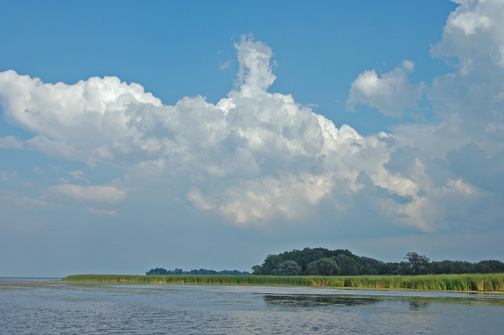Quick Facts about L. Ontario from Canadian perspective
|
Monday, August 25, 2014
L. Ontario Waterkeeper ~ Canada, Ontario and the shared 'Lake of Shining Waters'
How much commitment has Canada made to Lake Ontario? They are worried according to this recent article "Lake of Shame...Ontario's Pollution Problem" especially about Toronto's old and polluting sewer system. "Lake Ontario is the 14th largest lake in the world: 19,529 square kilometres, 1,146 kilometres of shoreline, 244 metres at its deepest. Which is one reason it’s not a total cesspool, experts say. Its size and depth help dissipate the bacteria, which our drinking-water filtration plants kill off with chlorine. But what about the agricultural runoff? The sewage? The industrial sludge? The nuclear waste? The pesticides? Herbicides? Road salt? The toxic by-products of burning medical and municipal waste? The engine oil you poured down the storm sewer? The leftover prescription pills you flushed down the toilet?" . . . From The Star July 8, 2011.
For more: the Canadian Waterkeeper website www.waterkeeper.ca . . . . And more from CREATE Great Lakes.
Subscribe to:
Post Comments (Atom)

No comments:
Post a Comment